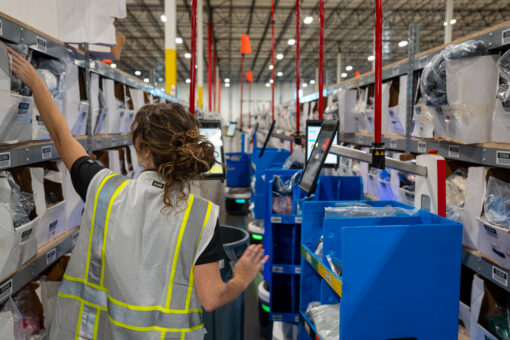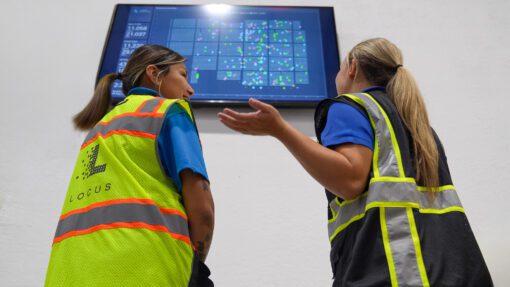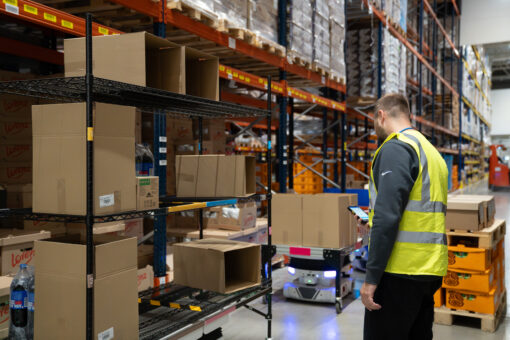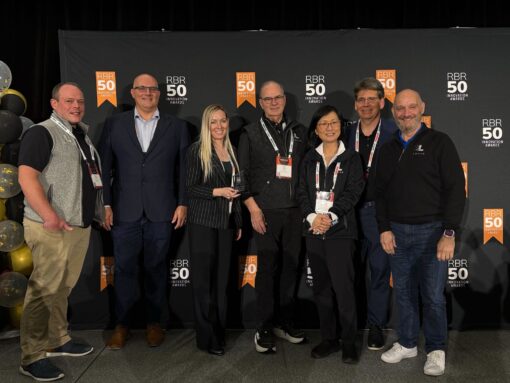WP: How to achieve 400 UPH with Locus Fast Pick
WP: How to achieve 400 UPH with Locus Fast Pick Download Now!
4 Considerations for Planning a Greenfield Site
Mary Hart, Sr. Content Marketing Manager
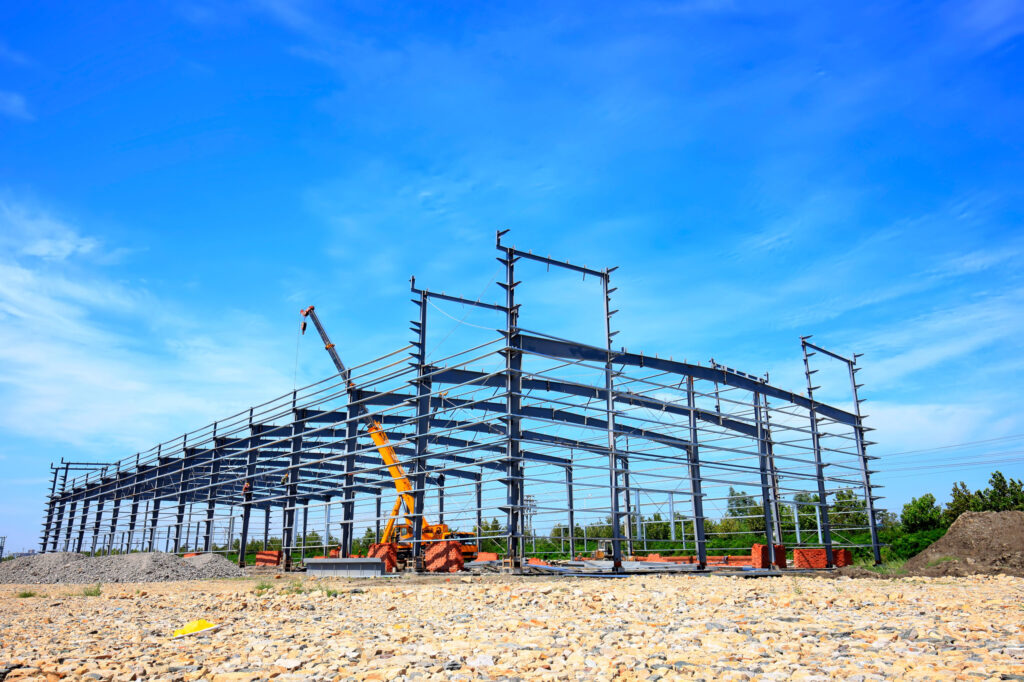
Order demand is increasing at continued record volumes, leaving fulfillment companies with the realization that they have insufficient warehouse space to store, pick, and pack orders. Along with this boom in e-commerce combined with unprecedentedly long material lead times, the demand for engineering and IT resources are equally constrained and will contribute to potential extensions of project schedules.
As companies look for more warehouse facility space, demand for industrial real estate could reach an additional one billion square feet by 2025, according to commercial real estate services firm JLL.
Chris Caton, head of global strategy and analytics for Prologis, says that his firm “estimates these customers will require 1.2 million square feet of distribution space for each $1 billion in sales, which means e-commerce requires three times the space as traditional throughput distribution.”
To combat these issues, companies are revamping their current (“Brownfield”) warehouse facilities and building brand-new (“Greenfield”) facilities to create their optimal warehouse fulfillment site from the start.
With the wrong pre-planning, along with current delays in material procurement and lengthy automation deployment times, a Greenfield site could take years to be operating at optimal throughput, negatively impacting your ability to fulfill orders quickly. As you’re planning your Greenfield site, here are some considerations to keep in mind if you want to see your ROI in months.
Dynamic Market
There’s no way to plan supply chain trends for five to 10 years down the road with the industry evolving as rapidly as it currently is. Opportunities will be missed if you’re not able to pivot quickly to market changes.
“Today’s data is not necessarily tomorrow’s reality,” says Steve Simmerman, Head of Global Alliances at Locus Robotics. “That data is only an indicator. You have to stretch your thinking and imagine what potential consumer and supply chain trends might appear and plan for anything.”
One customer thought they had their plan set: They were going to make the move to a digital warehouse three to five years in the future. That timeline accelerated as their orders increased to the point that they needed to open another facility within 90 days to have room to fulfill the orders.
Material Delays
When companies are working on a true Greenfield site, they’re either managing the construction of a new building or working with an empty building that needs to be built out with storage racks, conveyors, packing stations, and more. It’s not as simple, though, as just calling up a company to purchase the materials you need and getting them right away anymore.
Instead, steel and many other material handling system components are taking longer to procure, which can cause conveyor companies to be backed up 24 to 28 weeks as an example. Integrators need longer lead times for installations at a time when demand is rapidly rising.
Planning for the Future
As you’re planning out your Greenfield site, you need to precisely plan out where everything is going to go in the facility, from racks to conveyors; lighting to IT systems. One thing to consider is if you actually need full warehouse automation on day one. Can you get orders out the door with a manual or semi-automated process, albeit at a slower picking pace than automation, and then phase in other automated systems to increase your productivity and picking times? Or could you automate from the start and take the time to phase in the racks, conveyors, and other systems that you will need down the road?
With the right solution, you can run automation on your facility’s bare floor from day one and then phase in conveyors, mezzanines, or multi-levels over time as materials become available. Your automation provider should be able to look at your timeline and help you phase in various aspects to successfully, safely, and quickly get you to your endpoint.
Partners That Will Get You There
What will make the difference between ramping up your Greenfield site quickly and having to wait years for a ROI?
Sophie Pagalday, Director of Product Marketing at Locus Robotics, says it makes a difference when your automation provider has a supply chain DNA, because achieving optimal throughput requires more than plugging a solution into the new space.
“Here at Locus Robotics, we have the expertise to advise customers on how to think about facility design, ideal material flow, seasonal and future expansions, not just where they might want to add a mezzanine, place a conveyor or packing space, or set up their LocusBots for charging,” Pagalday says. “We work hand in hand with our customers to analyze productivity and throughput objectives and design a solution that supports them in achieving their goals quickly.”
The right partner, along with the right pre-planning in this ever-changing market, will be the key to your Greenfield site success. Ready to get your Greenfield site running at maximum throughput with Locus Robotics? Let’s talk!

